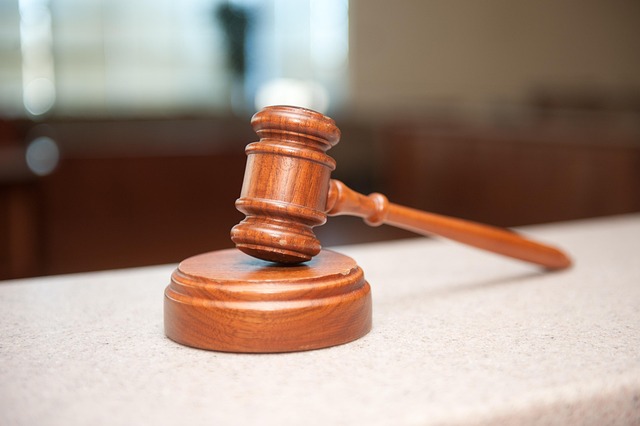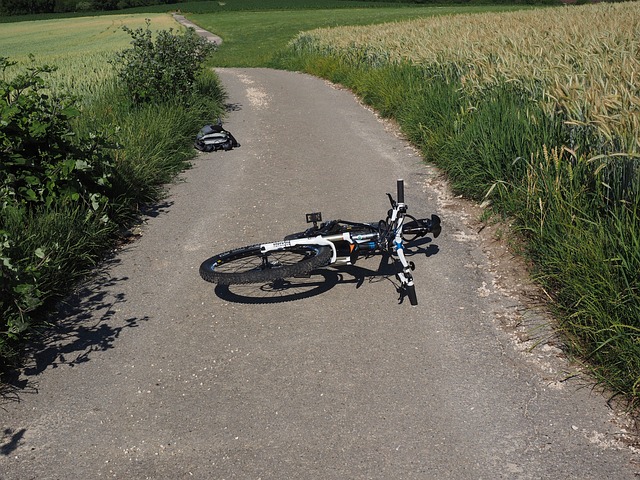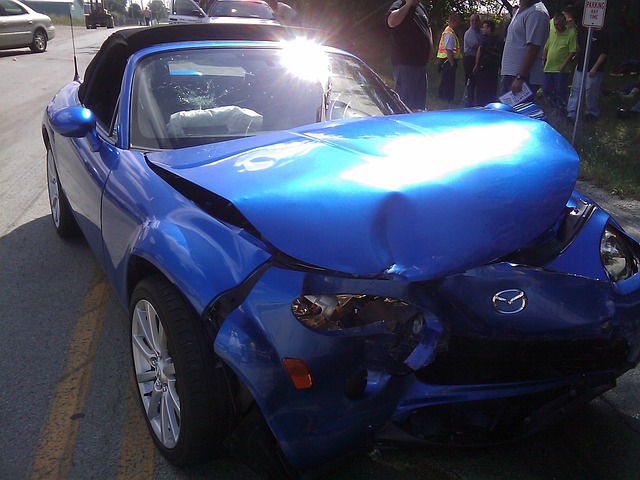Determining liability in icy sidewalk fall cases involves property owner responsibility for snow and ice clearance, with negligence claims arising from delayed action. Recent trends show higher settlements as urban density grows and pedestrian safety becomes a priority, driven by stricter legal precedents and better proactive measures taken by defendants to avoid litigation. Courts are recognizing increased risks and favoring compensation for victims, leading to stringent snow removal protocols to prevent accidents and mitigate legal exposure.
In today’s digital age, navigating icy sidewalks has become a significant legal concern. Icy sidewalk falls result in thousands of injuries annually, leading to a surge in litigation. Understanding the evolving legal trends in settlements for these incidents is crucial for both individuals and businesses. This article delves into the responsibilities of maintaining safe public spaces, explores emerging settlement patterns, and examines recent court rulings on outdoor ice management, shedding light on the complex landscape of icy sidewalk fall cases.
- Icy Sidewalk Responsibilities: Who's Liable?
- Evolving Settlement Trends in Slip and Fall Cases
- Recent Court Rulings on Outdoor Ice Management
Icy Sidewalk Responsibilities: Who's Liable?

When it comes to icy sidewalk falls, determining liability is a complex matter that often involves understanding the responsibilities of property owners and businesses. In many jurisdictions, property owners are legally obligated to maintain their premises in a safe condition, especially during winter months when ice and snow can create hazardous conditions. If an icy sidewalk results in a fall and subsequent injuries, establishing liability becomes crucial.
The law typically holds property owners accountable for keeping sidewalks clear of ice and snow. Negligence claims often arise when a property owner fails to take reasonable precautions or remove dangerous conditions promptly. This is particularly relevant in cases involving severe injuries, such as those that lead to medical malpractice suits or even personal injury claims from truck accidents. A competent personal injury attorney can help victims navigate these complex legal landscapes, ensuring they receive the compensation they deserve for their icy sidewalk fall-related injuries.
Evolving Settlement Trends in Slip and Fall Cases

In recent years, there’s been a noticeable shift in settlement trends within icy sidewalk fall cases. Historically, such lawsuits often ended in low settlements or dismissals due to strict liability rules and perceived public policy considerations. However, with increasing urban density and a growing focus on pedestrian safety, plaintiffs are securing more substantial compensation for icy sidewalk falls. This change is driven by several factors, including evolving legal precedents that favor victims and heightened awareness of local governments and businesses regarding their duty of care.
As cities grapple with the challenges of managing winter conditions, settlement strategies in these cases have become more nuanced. Defendants, ranging from property owners to municipalities, are increasingly taking proactive steps to avoid litigation by implementing better snow removal practices and offering prompt compensation for icy sidewalk falls. This trend reflects a broader shift in the legal landscape, where preventive measures and swift resolutions are encouraged, especially in personal injury claims stemming from commercial disputes or even truck accidents involving slippery sidewalks.
Recent Court Rulings on Outdoor Ice Management

Recent court rulings have significantly shaped the landscape of icy sidewalk fall settlements. Many jurisdictions are adopting a more stringent approach to holding property owners accountable for unsafe conditions, particularly in light of increasing personal injury claims related to icy sidewalks. These decisions underscore the importance of proactive ice management strategies to prevent accidents and subsequent homeowner insurance claims.
The trend suggests that courts are leaning towards awarding greater injury compensation to victims, reflecting a growing recognition of the risks posed by icy surfaces. As a result, property managers and homeowners alike are urged to implement robust snow and ice removal protocols, not only to avoid legal repercussions but also to ensure the safety of their communities.
In today’s digital era, understanding legal trends in icy sidewalk fall settlements is crucial for both individuals and businesses. As discussed, evolving settlement patterns in slip-and-fall cases reflect a growing emphasis on safety and accountability. Recent court rulings further underscore the importance of effective outdoor ice management practices. By navigating these responsibilities and trends, folks can foster a safer environment, ensuring that properties are free from icy hazards and that any potential remnants of winter’s wrath don’t leave indelible marks in the form of costly lawsuits.






